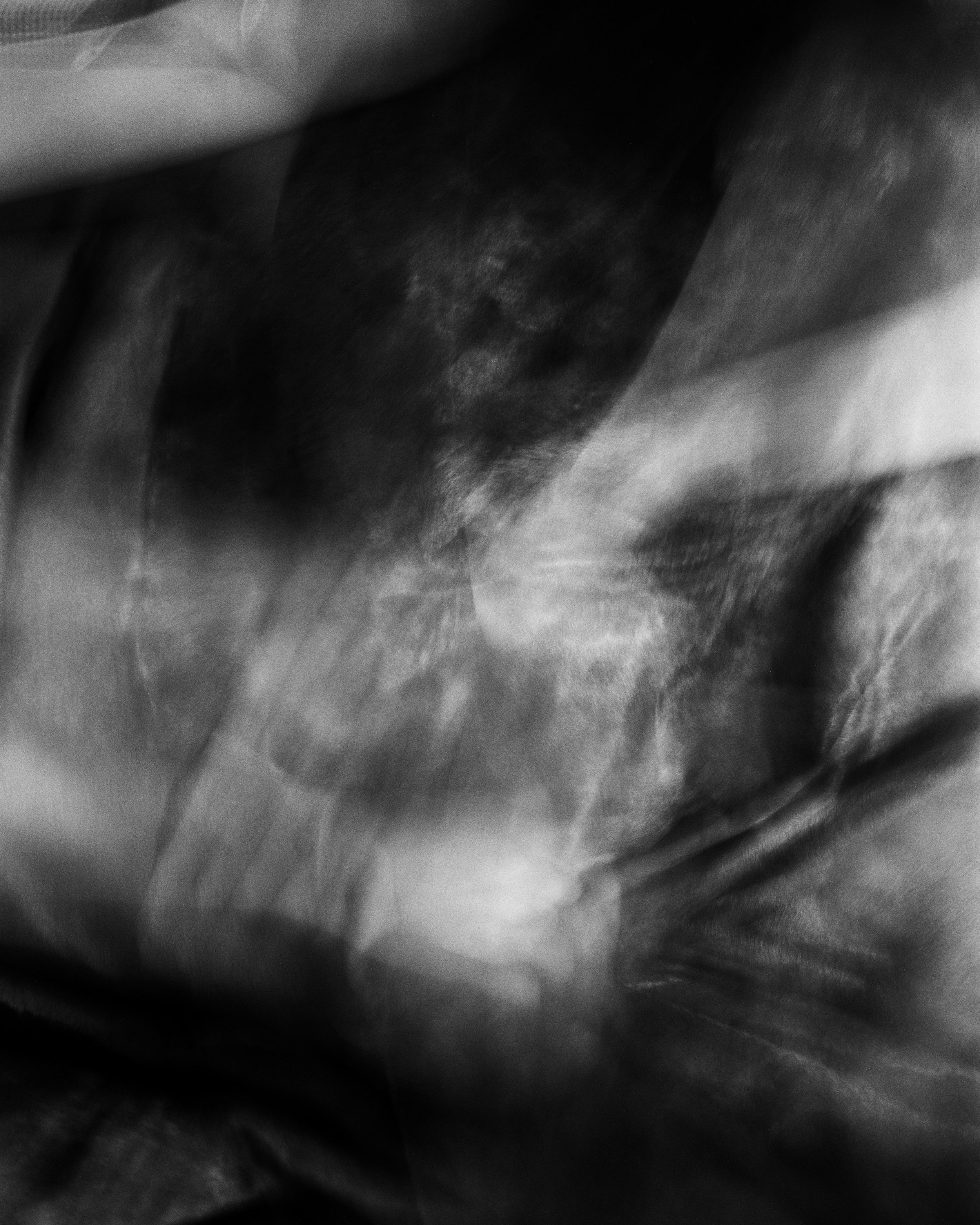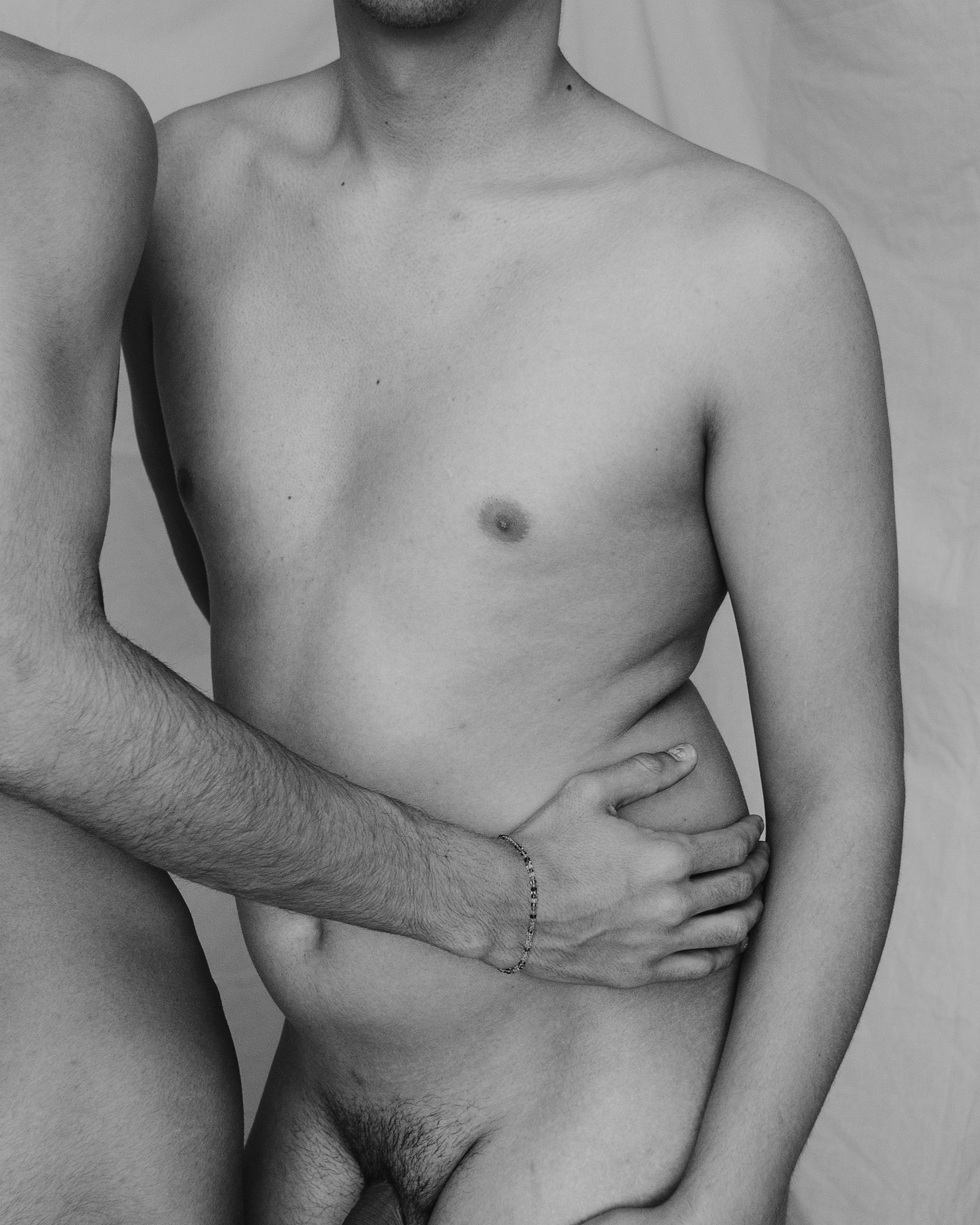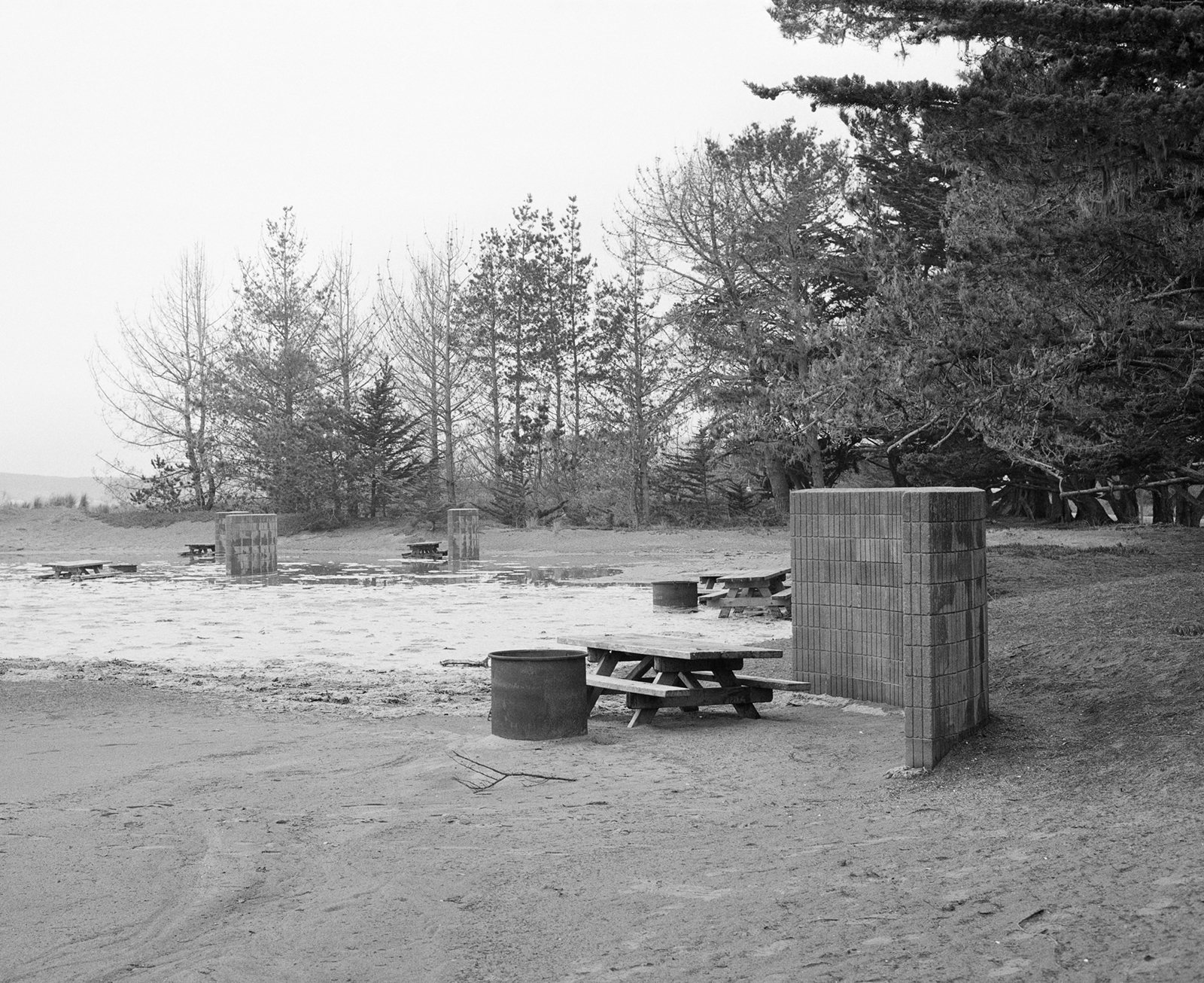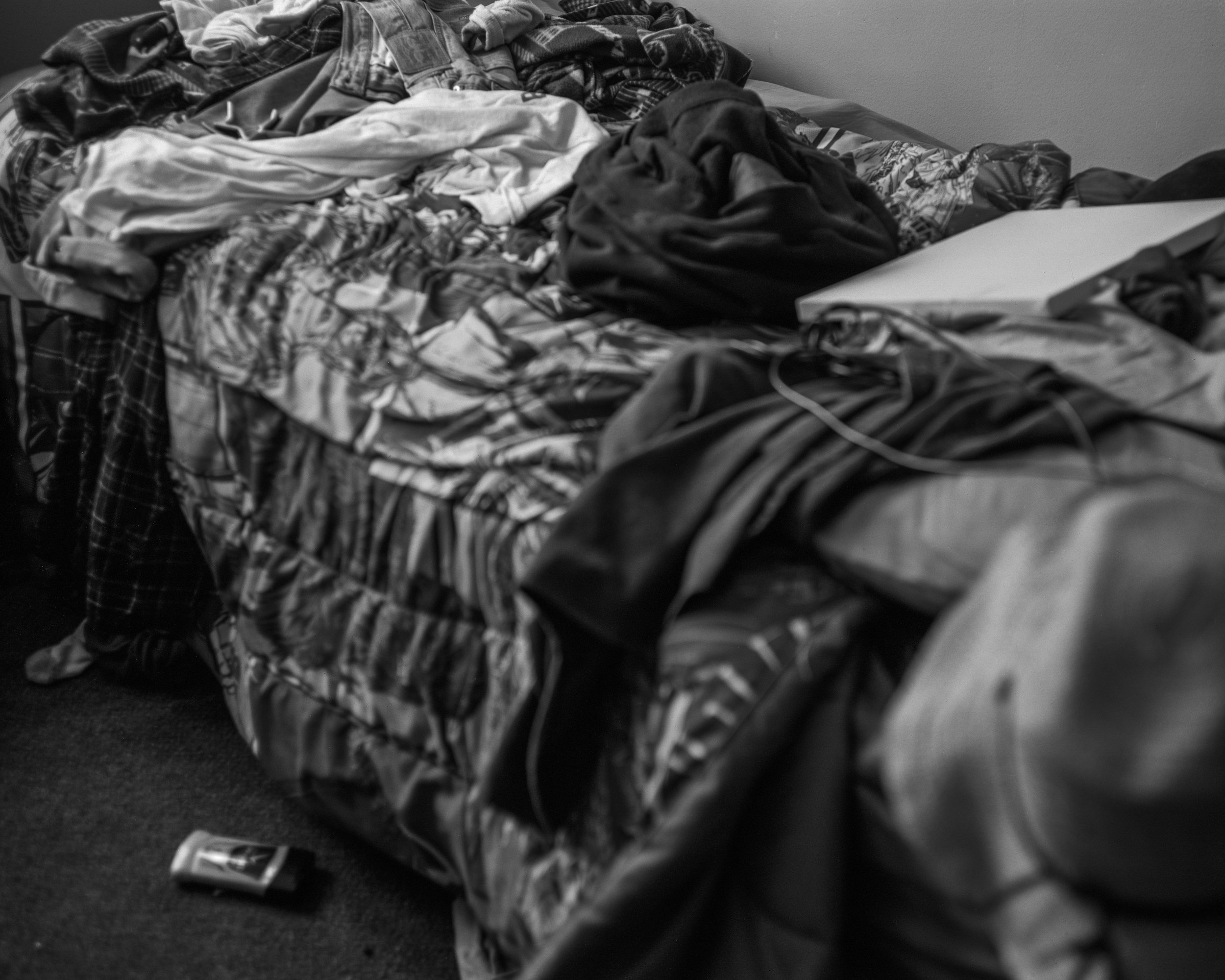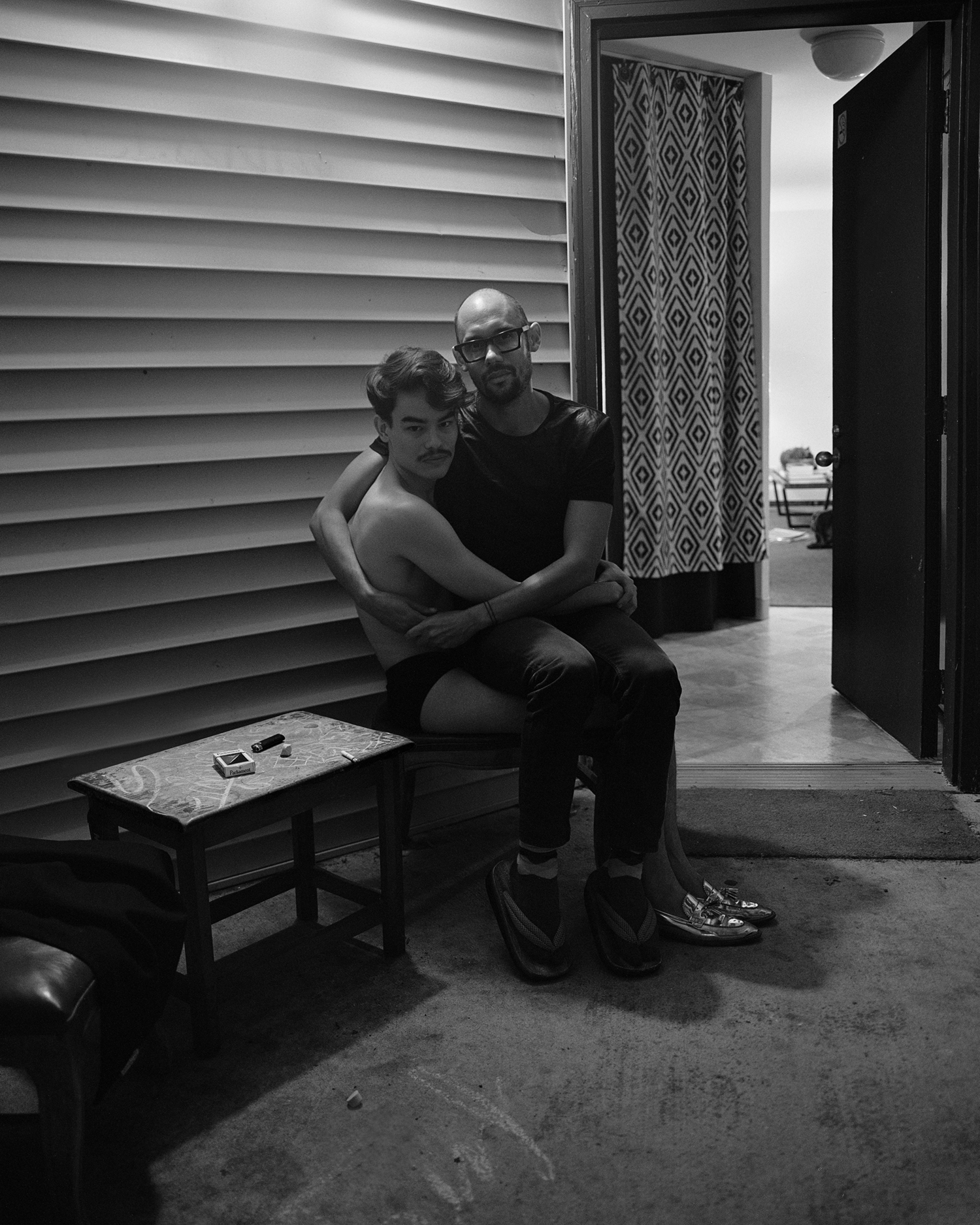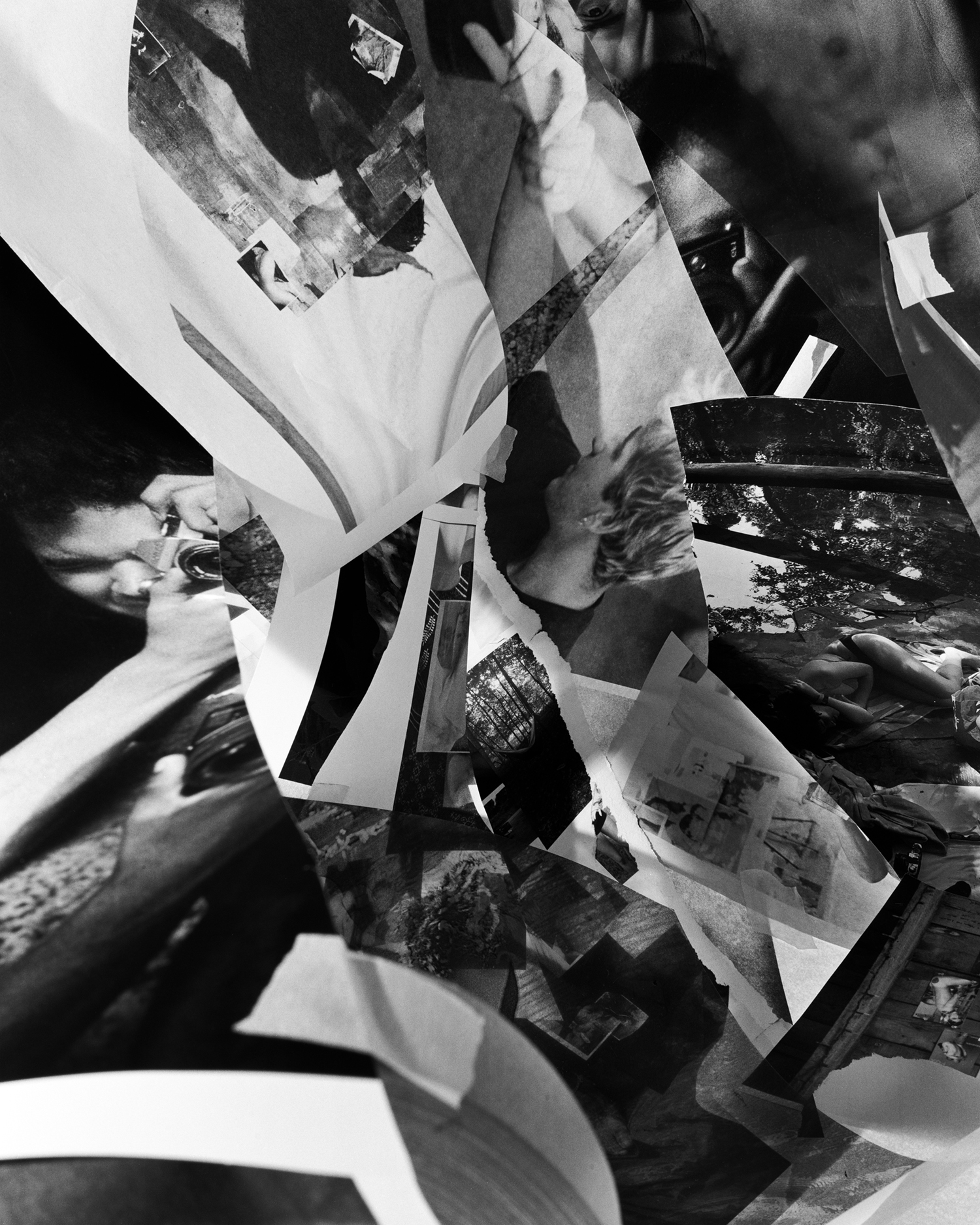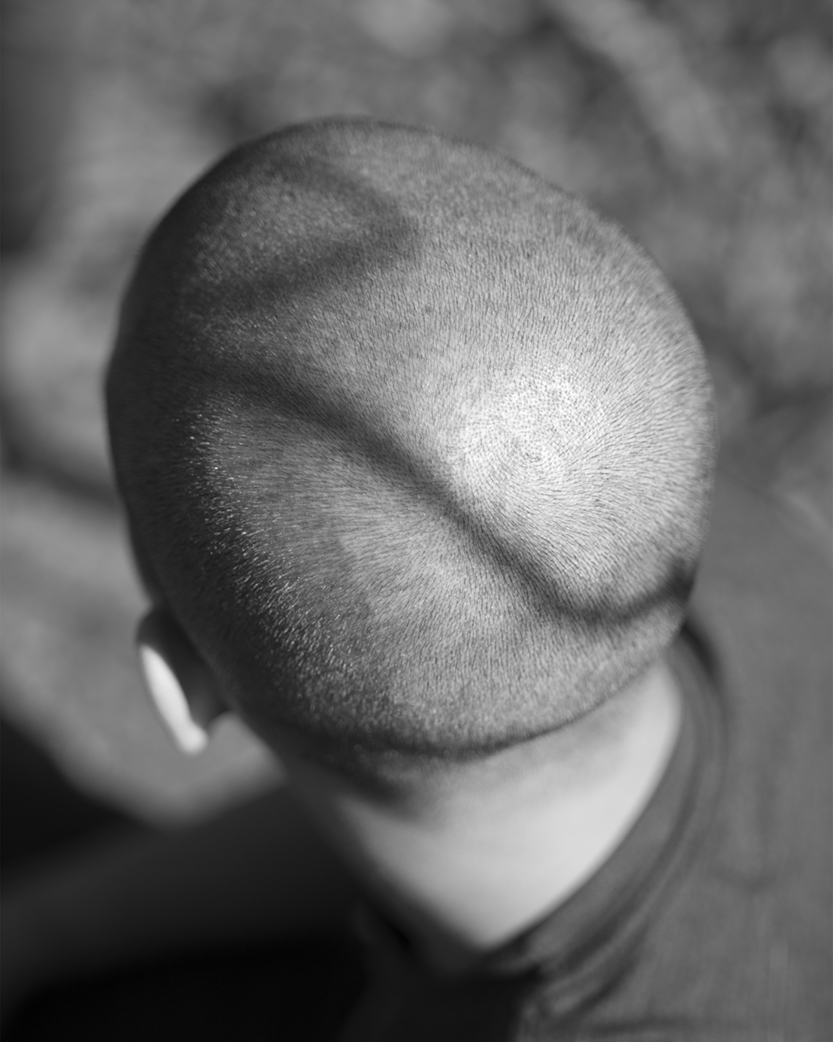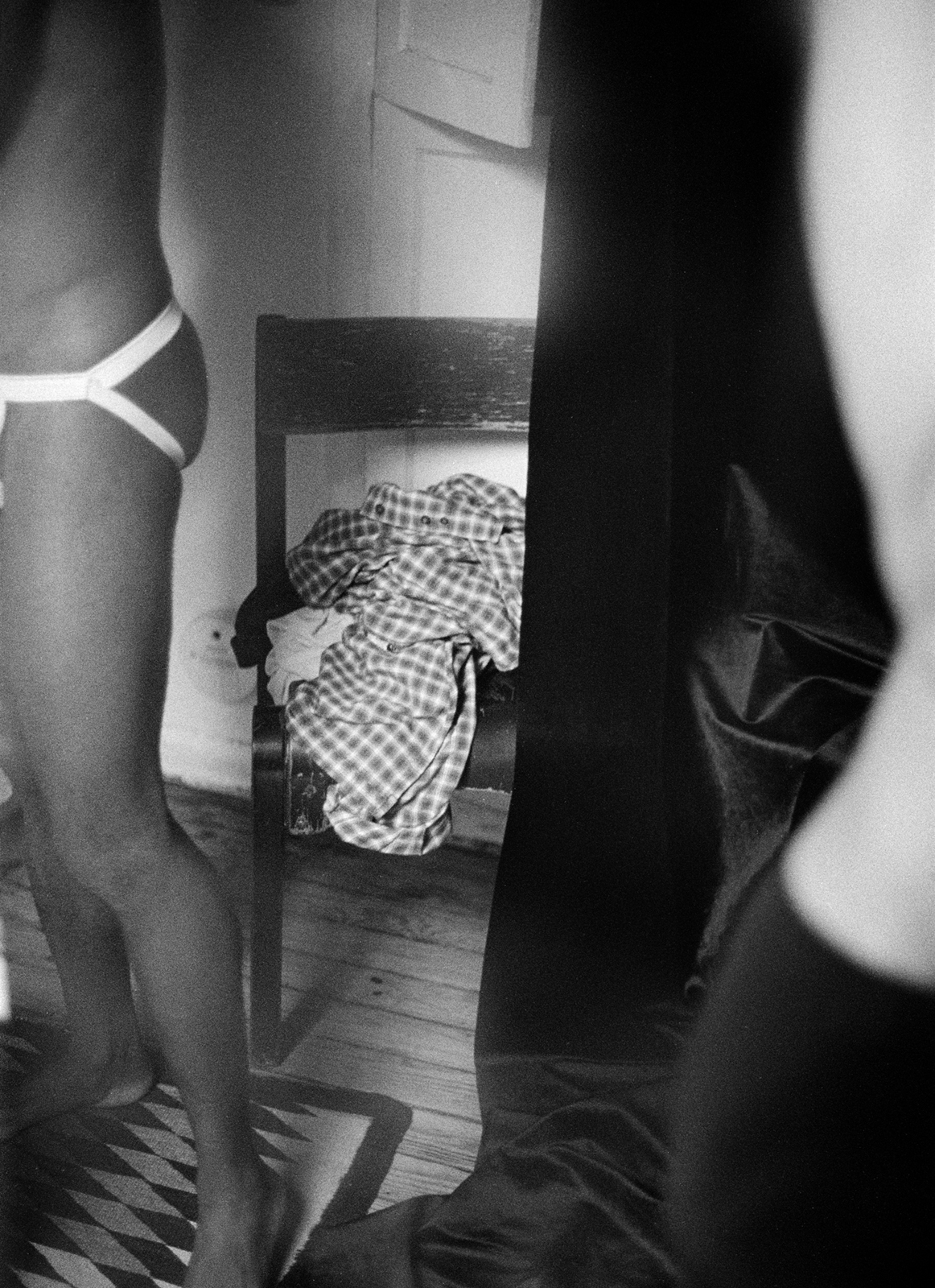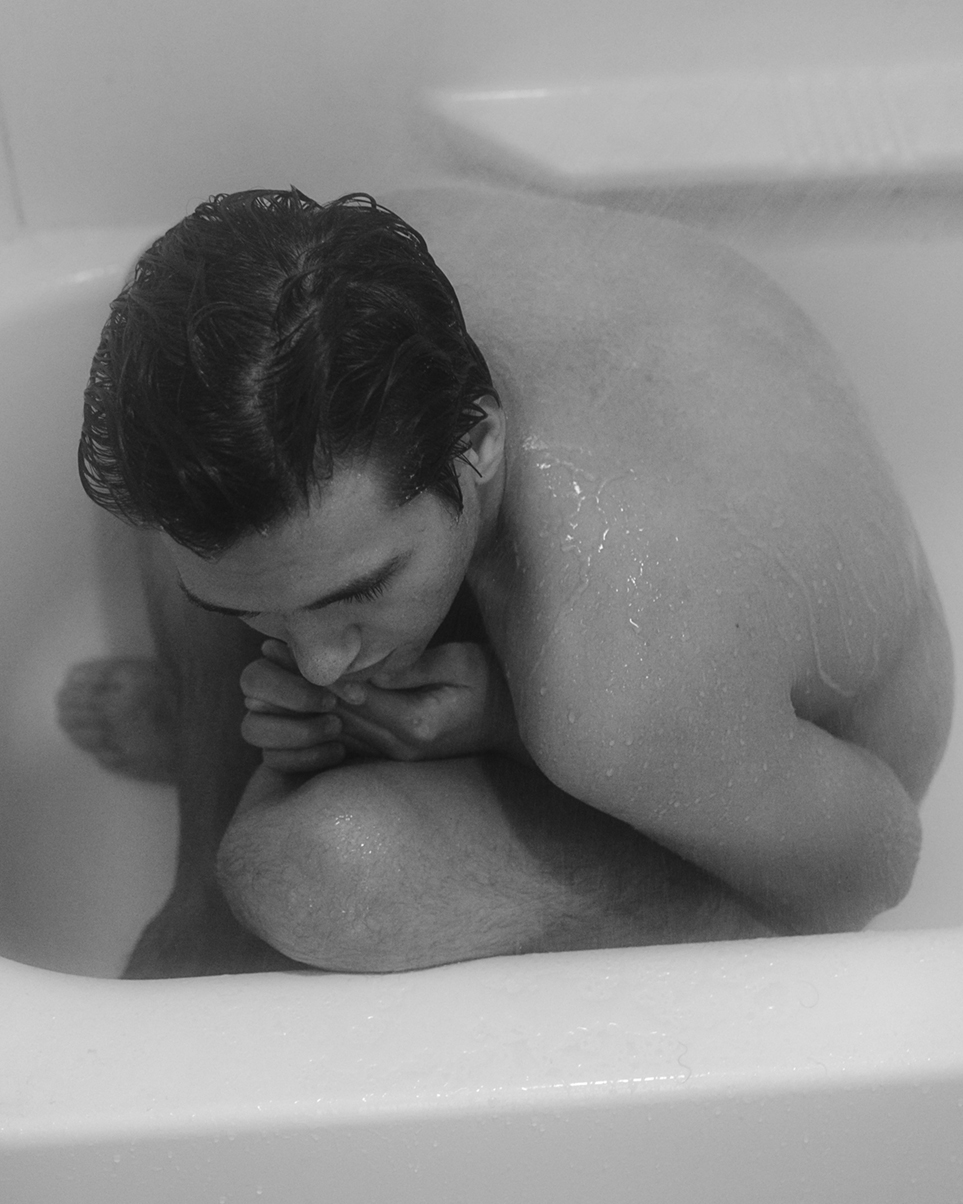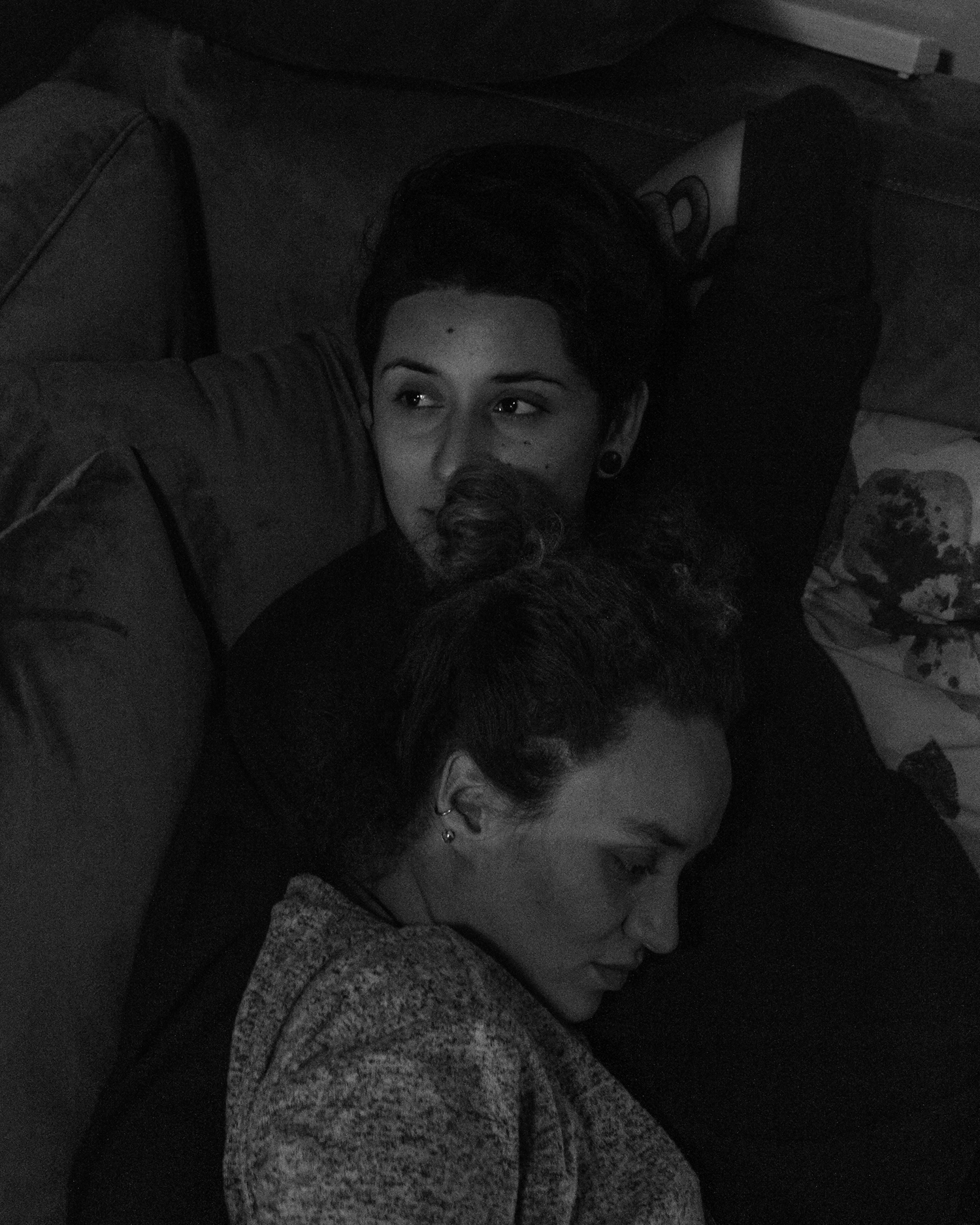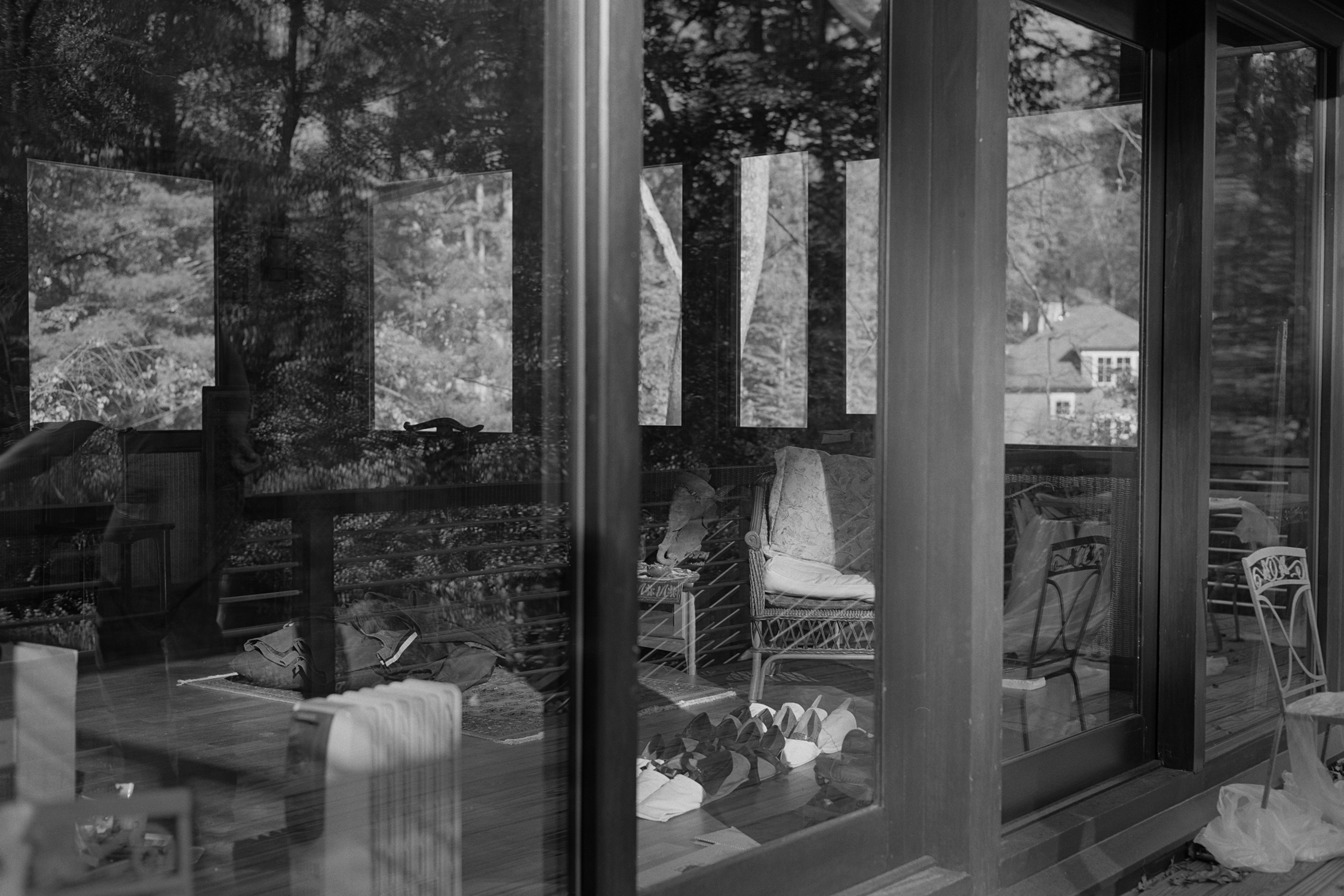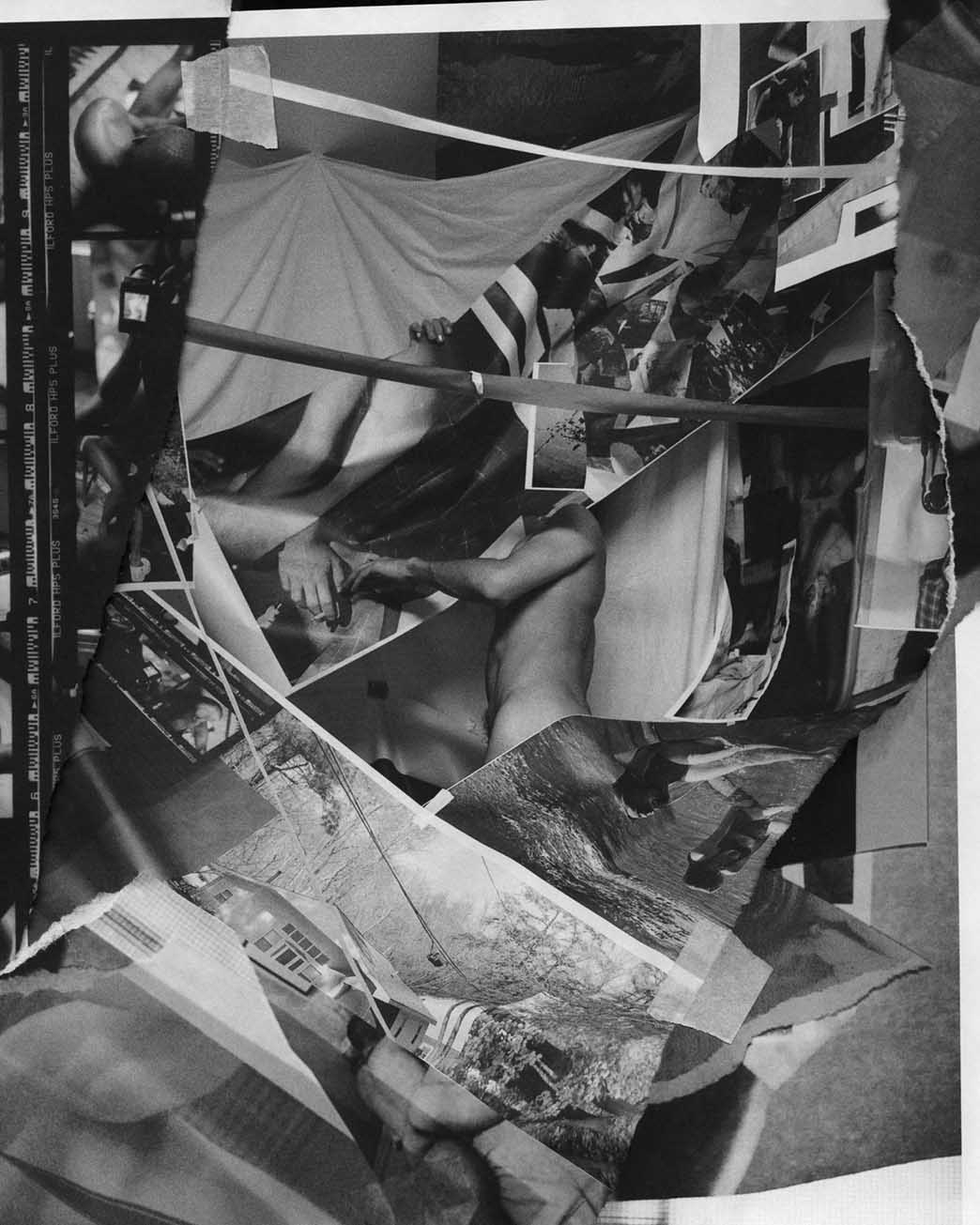Q&A: giancarlo montes Santangelo
By Zora J Murff | Thursday, July 19th
Giancarlo Montes Santangelo was born and raised between Maryland and Washington, D.C.. He received his BFA in Photography from SUNY Purchase in May 2018. Most recently, he has spoken at the SPE National Conference in Philadelphia about his practice and on the perils and possibilities of being diverse, in conversation with Ally Caple, Cristina Velasquez and Stanley Wolukau-Wanambwa. SInce then he has shown work in a few group shows including New Poetics of Labor in Medellin. In July 2018, he is joining the Peace Corps for two years as an education volunteer in South Africa, where he will be teaching English in primary school and photographing.
ZJM: Hi Giancarlo. Thank you so much for doing this. Let's start by getting to know you.
Giancarlo Montes Santangelo: I knew from an early age that I wanted to make things but I started to take pictures with a small coolpix camera at around 14. I read a lot of National Geographic at the same time and became fascinated with the drama of the pictures and their ability to tell a story. Something that now feels really intrinsic to photography felt so foreign and exciting at the time. For my first undergrad photo class, which of course was in the darkroom using 35mm, we had to shoot two rolls a week. I was looking at Garry Winogrand for the first time and was so fascinated with those possibilities that I travelled to the city every weekend to shoot and would walk around for the day and come back to school in the afternoon. I found it really exciting and felt a rush as I would photograph but I felt kind of trapped by the cannon, I couldn’t find the room to make something exciting for myself.
Then I found people like Gregory Halpern, Geert Goiris and Jitka Hanslova, and started to think about bending the rules of straight photography, in the way it’s classically used in let’s say National Geographic, to meet poetic ends. Our class met with Greg and actually hearing him talk about the work as, what to me seemed like something other than photography, was really special. It was formative because the reading I do influences the work and the pictures I was making never seemed to be enough. I was always told to either stop talking during crit, include text or rear in my thought. All of which were incredibly helpful in making work but looking at images that successfully reached beyond linear photographic story telling into a nebulous world of possibilities and poetry was so so exciting.
Then I found Paul Sepuya’s work at the perfect moment when I was trying to find a photographic vocabulary to describe queerness and also move forward from the straight image. His show at Yancey Richardson made the obvious clear, that I could actually rip an image in half, re photograph it, use my own body, collage etc.. Essentially my idea of photography has been expanding and now writing and book structure have become important. The writing helps me clarify the pictures and the book is a structural way to enter the work. So far this current body of work has been a way to work through and make sense of queerness and these different types of making have been fundamental in getting at something, whatever it is that isn’t linear and coherent.
ZJM: Do you still have your coolpix?
GMS: It’s somewhere in my parents’ house!
ZJM: I like how you talk about your departure from straight photography. As an instructor--and only having experience teaching beginning courses--I have found it difficult to try to find a balance between getting students to understand the fundamentals (often what you can do with "straight photography") and ways in which they can push the photograph's boundaries to find something deeper. You've listed some of your influences and touched on how books influenced the trajectory of your work (which we'll definitely come back to), but I'm wondering if you could elaborate on the evolution of your work more?
GMS: Shooting loosely and with less of an emphasis on technical fluency is something I want to explore more. And for that to happen I think it was absolutely necessary to learn how to make everything “correctly”. Coming up against and becoming frustrated with the limits of straight photography was the catalyst for experimenting with the medium. For example, I’ve found that to describe and create a specific emotional tone I don’t need to expose every picture perfectly. I want some of the pictures dark and hard to see and for some of them to be really grey. But more importantly, the shift between a technically well made image and one that’s muddy and dark is important in describing a way of looking that’s full of dichotomies, imbalances and inconsistencies. I can’t describe the kind of queer vision I’m interested in with a series of technically perfect, bright pictures. It’s sometimes hard to appreciate the technical training while going through it but so so necessary to teach and learn. I ended up benefiting a lot from it. You’re doing a good thing by teaching it!
I haven’t been making pictures for that long but there are a few formative moments and works that have really changed the game. Again, I was initially interested in straight pictures and the “decisive moment”. It was really fun to roam the street and find things that I found were revealing of the human condition; stilt legs hidden under a character’s dress in Times Square, a group of people looking up at a fire raging in a building, hands clasped while waiting for a stop light. I was mostly interested in finding these little poetic moments and marking them as things that happen in public, every single day.
As I was reading Core Curriculum by Tod Papageorge I began to think about the photograph’s relationship to the document, the truth and the past. I read the seminal texts that address those interests and I was really struck by the discussion. I wanted to make work that pulled the photograph away from the document and rooted it in a less literal experience. After seeing Geert Goiris’ body of work, Prophet, I realized that the photographs could bend reality really well. I wanted to do that because I felt there was more experience to photograph than what was happening on the street. Goiris is also equal interested in photographic theory and the position of the image within contemporary culture, something that was becoming more and more important to me. He talks about creating pictures that don’t necessarily refer to the past but actually depend on fictional narratives to visualize a future; however fantastic. For example, I wanted to make a picture of someone ascending into light because at the time I was thinking about leaving the body and it was important to visualize it directly and to not just imply it through a moment I found, so I just orchestrated it. Which again isn’t very profound because it’s common practice but it allowed me to describe things we can’t immediately see.
That logic coupled with what I gathered from Sepuya’s method of re-describing the studio portrait opened up this new world of possibilities where I could photographically create alternative worlds, where the camera became explicit in the picture making, physical collaging became an indicator of intervention, empty landscapes became filled with possibility and the subjects began to oscillate between being less or more familiar. The physical rip was at first a practical solution- wanting to collage quickly- but it turned into a tool to point at gaps, between visual planes, and the unseen, whatever information is under the piece of paper or whatever is discarded and interrupted because of the rip. The repetition of these gaps and question marks normalizes them, they’re expected and are part of the language. For me, being queer involves a lot of that; gaps in knowledge and experience.
Initially, creating alternative worlds, or maybe better put; describing latent psychological experience was a way to dip into texts I was reading, Carl Jung, Nietzsche, etc. - people who are fundamentally trying to explain life. But as I put my own experience into context, through queer theory, I found value in describing my own experience as a way to present an alternative world that is actually very real. That process, of using the intensely personal to widen collective narrative possibilities, was made very important as I recently read “the thing around your neck” by Chimamanda Ngozi Adichie. Outside of this one book she talks about multiple narratives as being necessary for diverse representation. The idea being that we need to see and read multiple stories in order to better understand the complexity of the people around us. To bring it back, “queering” conventional photographic practices to visualize my own experience is a way to describe one more narrative that maybe just isn’t accessible through straight photographs, or commonly accessible period. It’s important to note that I’m photographing a small sliver of people that I know. I don’t think the pictures describe everyone and there are a lot of types of people missing but the multiplicity of experience is actually really important. The intention being that my work is read against another body of work, read against another, to construct a larger body of knowledge.
ZJM: I love your response, especially the idea of gaps in knowledge. I think sometimes as photographers--and especially in some academic programs--we're pushed to make work that defines every single facet of whatever ideas we're trying to speak on every single idea. However, I've found that the artwork more interesting to me is that which doesn't try to provide all of the answers because it allows me as a viewer to have some sort of entry point and/or allows me to think for myself. I had a stint in my second year of grad school where I embraced saying, "I don't know." In my critiques. I never knew if that was frustrating to my committee, but I think in academic settings, not having a concrete answer seems to hold negative connotations. But there will always be things that we cannot know, that our viewers won't be able to know, and if the work can at least touch on that way (gaps in knowledge), I think that can definitely be a good thing. --now I'm getting tangential-- So, that brings me to books and multiple narratives. You're working on a book, yes? I'm really into what you're doing with text and image, as well as the twists/turns of the folios and removable images. What do you think the book format lends to your work? And more broadly, what do you think the book format has done for contemporary photography?
GMS: Absolutely! I think being comfortable with not having concrete answers is a social shift that’s reflected in photography. The I don’t know response acknowledges the instability of the photograph; it won’t and can’t be singular. It also marks a shift in social thinking - not one person has all the answers because there’s a lot of difference. So saying I don’t know gives room for multiplicity, not just for the viewer and the maker but for the long term telling of history. And what I’ve noticed is that a comfort with gaps is actually the backbone of contemporary photography
We’ve responded to the photograph as document paradigm by creating a model of photography that’s poetic in nature, that doesn’t propose itself as a truth but acknowledges the photographer as a creator/curator and through that acknowledgment, recognizes photographic and experiential differences. And this has happened in a lot of fields- auto ethnography for example is a way that anthropologists have reckoned with their own subjectivity in relationship to their gathering of data and research. There’s obviously a spectrum of interests, but I think we’ve collectively moved towards understanding photography as a tool for interrogation (asking questions and deconstructing thought/assumptions/ dichotomies) by recognizing that narratives are complex and nuanced, that they can’t be fleshed out in one picture or by one photographer. There are a lot of stories that emerge from even just one microcosm, so we need as many perspectives as possible. Which to me, is the best thing that could be happening.
To take it even further, saying I don’t know and allowing for gaps is really just antithetical to how we conceptualize ourselves. Though there’s more acceptance towards saying wait I actually don’t know who I am or what I’m doing, post Freud (we can recognize the unconscious as a director of thought and actions) generally we want to be secure in ourselves and our actions. I guess what I’m trying to say is you hit the target with there being anxiety around not knowing in academia and photography but I think it runs deeper than that as well. To tie this back to what I’m making, I think queer people are more than comfortable with saying I don’t know. I don’t know my gender sex orientation, I don’t know about my body, I don’t know how to conceptualize desire etc. but those I don’t knows have quite literally changed how we live in the world. And again by making those gaps and I don’t knows palpable and clear, photographs can potentially re orient how we see ourselves, or at least that’s the goal.
The book can hopefully make that clear. It’s meant to mimic a logic that I’ve found to be inherent to being queer. It’s a logic defined by improvisation and uncertainty and many I don’t knows. I’m not happy with the book as it is, or the title “improvisational sight lines”- it’s a bit direct- but I’m very attached to the concept and am hoping to find the resources to produce it well. Some images are loose and can be taken out of the signatures, others are taped in, some fold out, there are discrepancies in the type of paper I used but it’s ultimately meant to be a sort of maze. I wanted to make a book that would depend on the person looking through it. If it doesn’t have a clear order, then the viewer has to make an order with the materials provided. As an opportunity to make your own rules, it can be simultaneously daunting and exciting. That process mimics the work of being queer. There’s a lot of psychological labor involved in being on the margins and it feels like a maze most of the time so hopefully the book can communicate that weight and anxiety. The book itself also has its limits and parameters; we experience it linearly and it’s printed on paper. Those predeterminations are also interesting as a way of experiencing the work which is so much about trying to combat predetermination. Ultimately the book form offers me a tradition to manipulate and play with. Many people have followed this line of thought and made similar books, so I’m slowly working at it.
I think it’s offered a lot to contemporary photography. At this point it’s a conventional goal for photographers. Which I don’t say to knock it, I love books. It’s such an immediate way to share the work, they offer a personal experience, they lend a lot of power to sequencing and the artist, text is emphasized, there are a lot of things. It’s given so much power to the people making the work and made the gate keeping a little less stable. Artists can really make whatever they’d like now because there’s an infrastructure for producing the books and sharing them. I think it’s also asked photographers to carefully consider sequencing in a linear way, which condenses photographic story telling and narrative story telling which aren’t always the same, and which some work doesn’t benefit from. For example, I want to see some work all at once in a room rather than in a straight line through a book. But that then gives the artist the task to refigure their work to live well within a book. Its an exciting but separate challenge, than let’s say putting up a show.
The artists book has also made it easier to share photographs and bodies of work. Of course there are art book fairs but what’s more exciting for me is to find publications in places that typically don’t have contemporary photography monographs. I found a “Contact Sheet”- a publication made by Light Work- in a goodwill in the middle of Maryland. With the book, theres a higher chance for the work to be seen by people outside of the bubble. That potential is very exciting.
ZJM: How you talk about your own book reminds me of Tyehimba Jess' "Olio", which works to unpack the history of minstrel performances. Are you familiar with it? The book tells the story of the McKoy twins--a pair of conjoined twins and former slaves who were rented out by their owner to traveling shows--through poetry, historical documents, letters, and song lyrics. The twins were kidnapped and taken overseas, but brought back post-emancipation. The twins continued to perform and used their money to purchase the land where they and their family had been slaves. There's a heavy complication inside of this story in how the twins used something that denigrated who they were to advance. Jess states about the book, "Characters have depth. They have multiple dimensions, right? A caricature, you only show one side of a person. They're oafish. Or they're silly. Or they're dumb, etcetera. A character, you see multiple sides of their humanity." Jess accomplishes this through the structure of the book similar to the same way you are. One can remove and reassemble things, reconstructing the narrative. I feel this mirrors the performances themselves, how the art they were performing was meant to oppress not only them, but Black individuals as a whole, however, that same art gave them a sort of freedom to express themselves through performance. But back to your work. I feel you’re spot on when you talk about reconfiguring “conventional” logics on sexuality. Confusion becomes of service, and allowing the viewer to have to do some labor to reconstruct becomes the physical manifestation of changing thought processes. Do you see contemporary photography moving in this direction? Also, how do you see it’s evolution from that point?
GMS: Exactly! This body of work raises a few things. The rearranging of identity, and the book’s mimicking of this process, creates space for intervention and the creation of multiple narratives which again, for me, is the ultimate goal. Jess’ book does this so well! Through the use of these different methods of sharing information; poetry, letters, song etc., the book acknowledges and walks you through multiple narratives, which points at the complexity of this very specific phenomenon. The structure of the book emphasizes this possibility and the inherent malleability of history and the identities carved by it.
Another point that I’ve come to with my own work and something I pick up from Jess’ book, is that an interior complex self doesn’t need to be the precursor to a healthy identity. Creating a hollow and fungible space in identity can actually be a tool to subvert traditional methods of communication and being. Humanity is complex in that way. We can stand by our “oneness” and the coherence of our being while also shifting through and towards various modes of being; ones that are equally true and tangible but maybe seemingly less “honest”. Tom Roach frames the fungible self as a mode of resistance within the context of gay men seeking gay men online. He makes the point that the creation of a new language and method of interacting, through online short speak, can create distinct intimacies that aren’t rooted in a kind of capitalistic/ ego driven logic whose main concern is establishing the individual. The individual becomes less important and, as a result, the intimate encounter changes.
In many ways this movement, towards creating fissures in normative relational codes, can be understood as a performance but I think it implies a conscious awareness of the movement itself. For example, queer people mimic heteronormative characteristics in order to become socially mobile all the time. We also consciously disrupt them in order to create space for one another. There are so many comparisons to draw and many alternatives but ultimately there’s a pattern of oppressed people paying close attention to practices of identity in order to survive and prosper.
For me at least; conceptualizing identity as a fluid, rearrangeable (to refer back to the book) thing wasn’t always conscious. Photography and queer identity have kind of revealed to me that there are so many possibilities. And part of possibility is resting in confusion and finding comfort in that position. Which isn’t to say that confusion is the right space for everyone, in fact it can hurt a lot of people but ideally I think it can be useful in working through specific moments, like how you express gender and sexuality or navigate the solitude involved with that kind of work.
I don’t think confusion as a type of labor is a direction that photography is moving towards but I think the confusion is a reflection of how many stories are available and how we’re deciding to conceptually and poetically describe them. Photography seems to be moving towards a more holistic approach to describing things. The book became important and still is. Installation methods are becoming more and more important as conceptual methodology is out weighing the gravity of tradition. As a result I do think that contemporary photography does involve more participation and time, in order to work through the content that’s not immediately available. The language that we use to describe photographs and the photographs themselves, in our attempt to distinguish them from the image as document paradigm, have become difficult to read for people outside of an arts education. My main concern now is to bridge that gap and find a way to make work that’s legible to everyone. For a long time I wasn’t comfortable saying that people who didn’t go through the education have a difficult time reading the work, it’s not necessarily true, but there is work that is rooted directly in a photographic and academic history which isn’t easily accessible. And again, there’s a way to navigate many worlds so I’m working on that. So in one way the labor, you can create with the work, is great and reflects a conceptual position about identity, on the other hand I fear that it can make the work inaccessible.
Text has become important. It clarifies but it also creates a way of reading pictures that grounds the photographs in A world, not just the stimulus around us but some alternatives too, which is exciting so we can get at things that are difficult or impossible to name with just pictures. I also think that because of our increasing awareness of the complications of representation and history, collaboration and of course intersection are going to drive photography.
ZJM: What’s next for you, Giancarlo?
GMS: I’m currently in South Africa as a Peace Corps Volunteer, learning isiZulu so that I can teach English and start some art related programming at a primary school in the country. The idea being that English will help them access higher education if they so choose and strengthen their proficiency in other topics which are taught in English. My main goal is to start work that can sustain itself without me. For now I’m interested in intergenerational story telling. I want to to see how younger kids are directing themselves; whether their gogo’s (grandmother) stories and the complicated history are explicit in their envisioning of a future or whether their mainly interested in carving a distinct future. Surely there are many many distinct possibilities outside of those two poles but I think storytelling can be one way to make those things clear for the students themselves. I’ll be here for two years and some change, so there’s plenty of time to absorb, think and reorient myself and my work. In terms of photography, I’m most excited to rethink how I’ve thought of the medium and explore ways to expand my practice. The country has a rich and complicated history so I’m excited to find a way to make work while I’m here in whatever way. I love making books so I’m making photographs with that as a priority. Other than that, I’ll be adjusting, learning how to teach a class, predict and locate needs, enjoy the time to read and make work, etc. I’m really loving it so far.



